The BPL's manuscript collection contains an incredible variety of rare and historically significant hand-written documents. Though carefully organized and maintained, the collection is so vast that many portions have not yet been electronically cataloged. This means that a significant number of the BPL's most important manuscripts can't be found in its online catalogs.
Instead, researchers interested in using these collections need to navigate through a set of typed catalog cards held within the library itself. Each individual card contains the basic information necessary to identify a given manuscript. Only once the correct card is located can the corresponding manuscript be retrieved and used.

Working from home since March, a small team of BPL Special Collections Department staff have labored to change this situation. The goal of our work is simple: make more of the library's manuscripts findable online.
The project
Pictured below is an example of what a typical manuscript catalog card looks like. In this case, the card describes a 1675 deed to a parcel of land that passed between two prominent families in what is now Brookline.
Working from thousands of scanned catalog cards like the one above -- as well as from typed inventories and occasionally even handwritten notes -- we've spent the past six months at home transcribing data and creating simple, but reliable electronic records.
Project stats so far
After a brief period of initial planning, we began work on these projects in late March. To date, team members have examined over 26,000 catalog cards and inventory entries, generating over 19,000 new records in our online catalog. Because many cards correspond to multiple items, the records we've created so far provide first-time online access to information about approximately 65,000 individual manuscripts. This includes correspondence, military records, account books, literary works, business documents, court records, diaries, ships' logs, and all kinds of other hand-written materials. These manuscripts come from Boston, New England, and around the world, dating from the 16th through 21st centuries.
How the project works
Using the catalog card above as an example, the first step in the process involves keying all of the information into a spreadsheet. During this process, we slightly alter titles, expand confusing abbreviations, and generally attempt to standardize as much as we can in order to ensure consistency from record to record.
Each team member uses a custom data entry form that feeds into their own project spreadsheet. For each card, separate pieces of information (author, title, date, summary, number of pages, etc.) are keyed into separate fields.
The image above shows a portion of one of the project spreadsheets. Data from the original catalog card is partially visible in the 7th row down. Here we see what the call number and author fields look like once they have been standardized and entered.
At the end of each day, all of the spreadsheets from the project are compiled. The next day, this compiled spreadsheet is checked, corrected when necessary, and provided with basic enhancements that will eventually make each item easier to find online.
The previous day's spreadsheet is then imported into a program that encodes all of the separate pieces of information with alphabetical and numerical tags for indexing and display in our online catalogs. 
The image above shows what the now encoded data looks like. The equals signs and numbers on the left-hand side correspond to different labels in the BPL online catalog. For instance, =100 is a tag that will display as “Author.” =245 will display as “Title,” and =520 will display as “Summary,” etc.
Finally, all of these newly encoded records are imported into the database that feeds our online catalogs. At this point, the records are finally visible to the public.
With each of the steps listed above -- from when data for a card is first entered, to when the record is finally brought online -- the data will have been checked, corrected, enhanced, and added to. Below is an image of the final product: an online catalog record for the card at the beginning of this post (click through to see the record itself).
Examples of a few further catalog cards and inventory entries with their corresponding electronic records are shown below. Note how the information in the original typed records (in the left-hand column) is recorded in a variety of different formats. The real challenge of these projects is working with all of this messy information -- without being able to consult the original manuscripts! -- and making the final catalog records both consistent and easily readable.
Next steps
While extremely useful, the records that we have generated through these projects are designed to provide the minimum amount of information necessary to connect researchers with the materials they need. The process of enhancing and adding to these records will essentially never end.
At some future time, the information collected during these fast-moving projects needs to be confirmed. Subject and name headings, which link together catalog records for resources about similar topics, or created by the same people, will need to be added. Any examples of inappropriate, outdated, or harmful cataloging language will need to be addressed. Finally, important details -- the kind of information that can only be collected with these materials in-hand -- need to be recorded.
In the meantime, thanks to the amazing efforts of all involved, these work-from-home projects are still running, collecting data card by card and day by day.

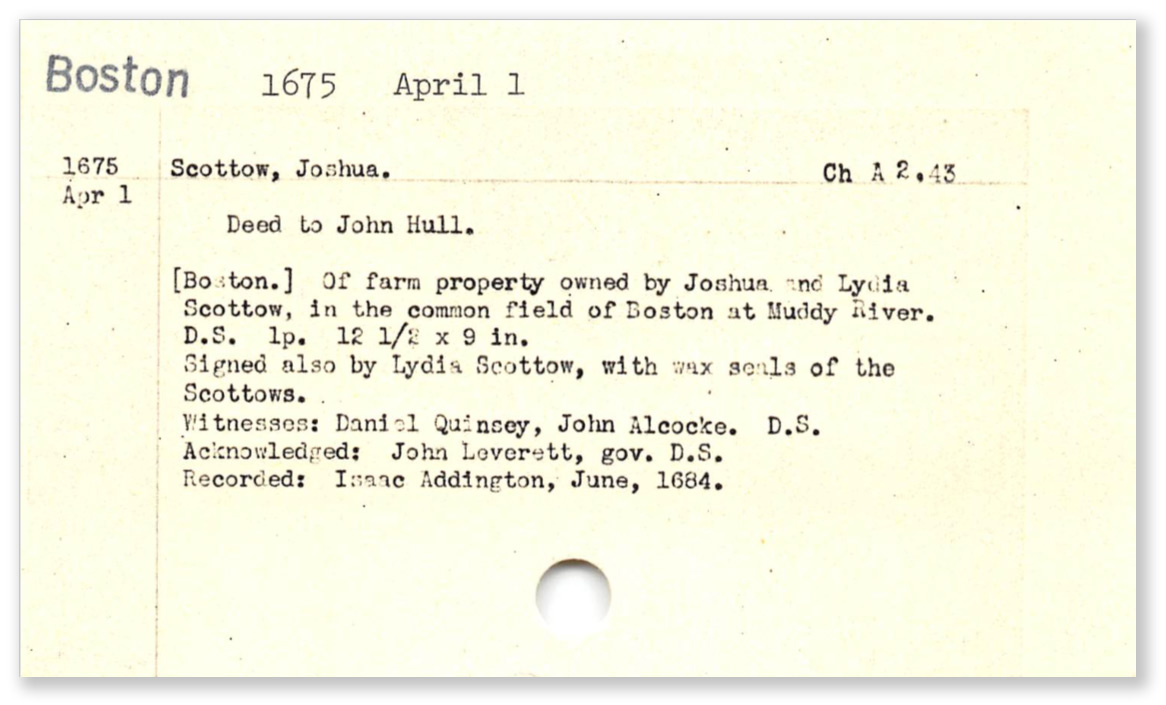
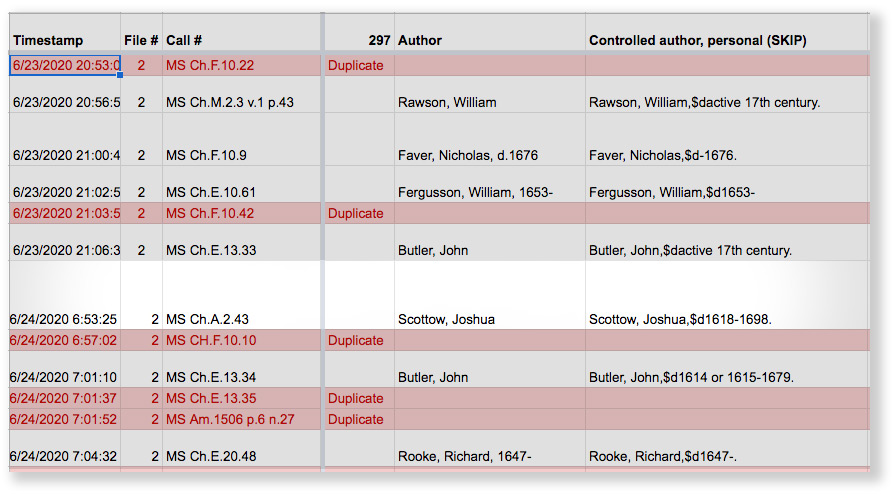

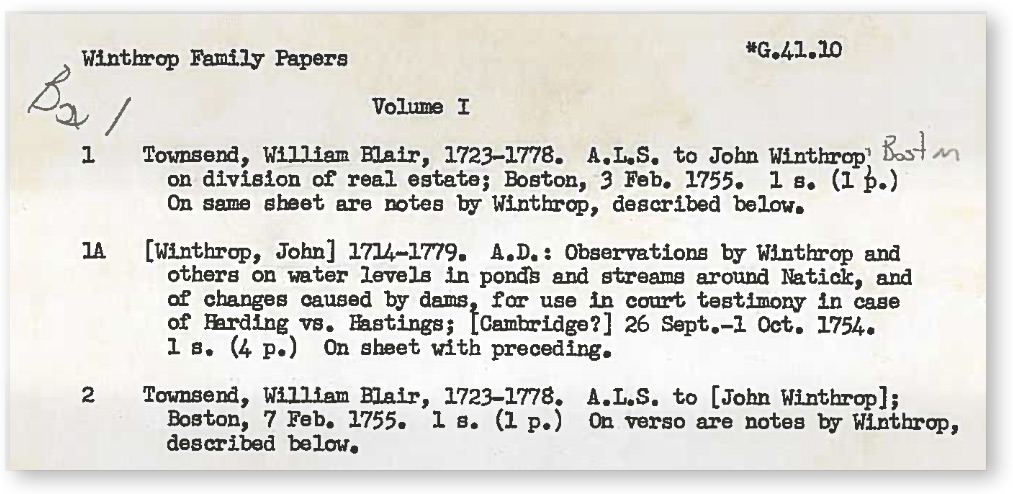
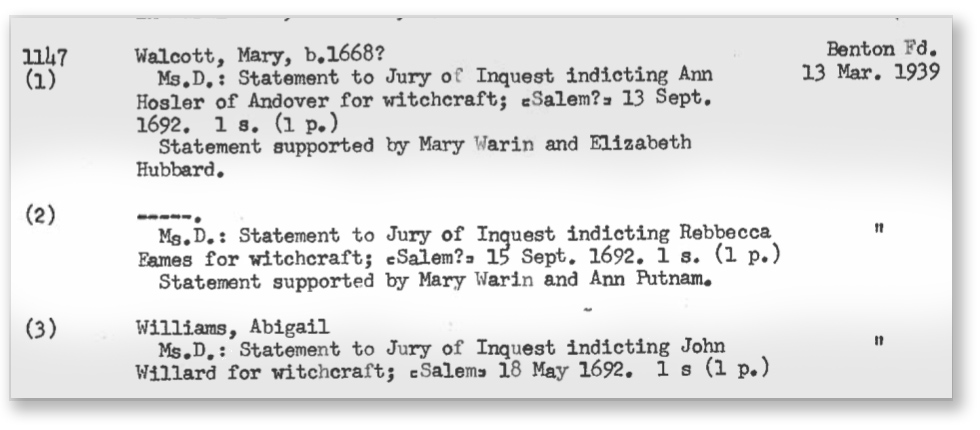

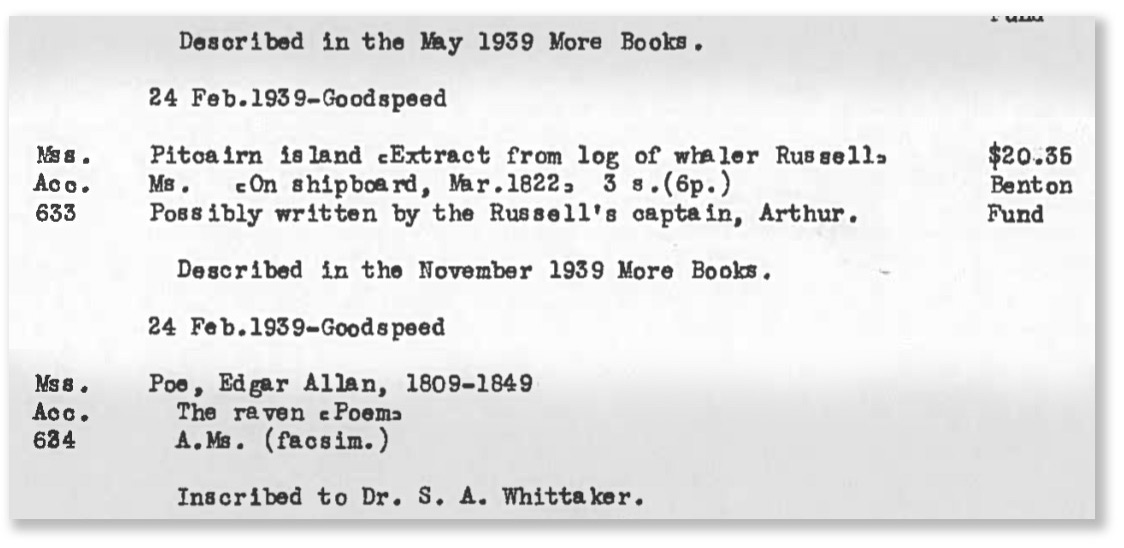
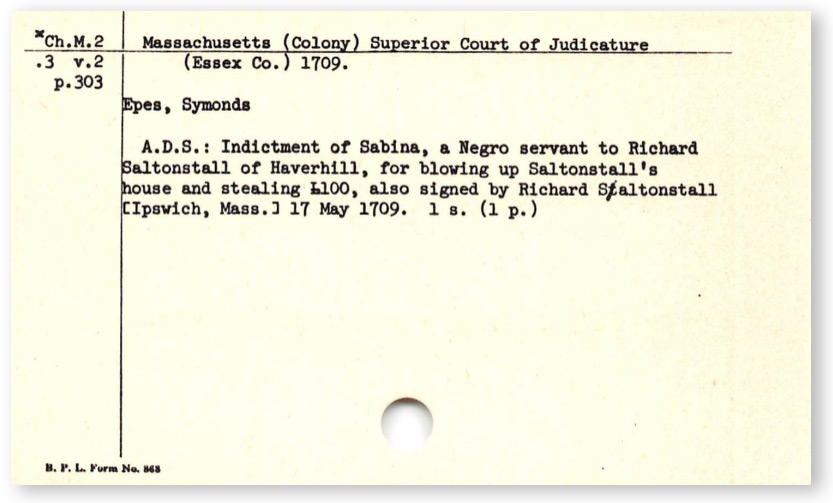

Add a comment to: Cataloging BPL Manuscripts From Home